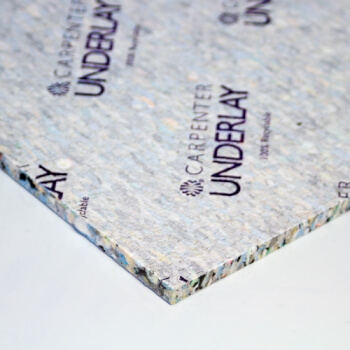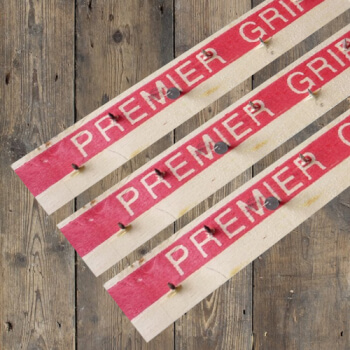5 Fascinating Historical Carpet Facts
By Jim (04/07/2016)
Most of us are only interested in carpet once or twice in our lives - when moving home or redecorating, there is the thrill of choosing something new and putting your mark on things.
Even if you find your significant other isn’t quite as excited as you (it happens) then you can at least take an interest. For a week or two everything is about the right colour, texture, style (and of course price!) but these moments pass as soon as they come, and days when you would pour over samples for hours are no more.
However, carpet is a lot more interesting that most people think, and here’s a few facts to help us prove it!
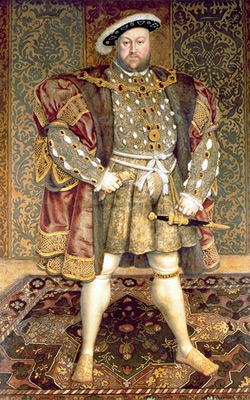 1. Henry VIII’s Amazing Collection
1. Henry VIII’s Amazing Collection
It will come as no surprise to most people that Henry VIII was no slouch when it came to acquiring expensive things, and carpet was no exception. When most of his contemporary Tudors were slumming it with rushes (or occasionally rush matting), he was making an investment in pile carpet.
You can see this in his numerous portraits - he is often shown standing on luxurious floorcoverings in the Ottomon style, also known as ‘Holbein’ after Hans Holbein the painter, who made a point of including them in his art - not very noteworthy to the modern observer, but to the Tudor eye this was a clear indication of class and status, showing off Henry’s wealth for all to see.
In those days the word carpet encompassed tapestries, tablecloths, upholstery and so forth - anything used to brighten up the banqueting hall. Upon his death, Henry had amassed over 400 turkish carpets - at least 60 of them seized from the disgraced Cardinal Wolsey, who purchased them at a cost of 600 ducats - a huge sum at the time.
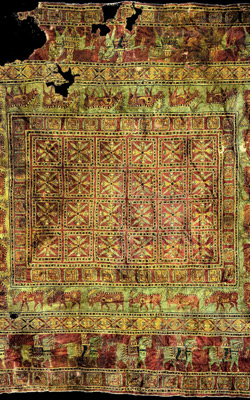
2. The Oldest Carpet In The World
Image Source: WikiPedia
The oldest known pile carpet is called the ‘Pazyryk Carpet’ - it was found at an architectural dig in Pazyryk, on the Ukok Plateau of the Altai Mountains in Siberia.
This vast and beautiful range sits between four huge countries - Mongolia, China, Russia and Kazakhstan - and in 1929 it was discovered to be the site of several neolithic burial mounds.
The site may have been Iron Age but it was a figurative goldmine - investigations and treasures are still being discovered there today, but it was in 1947 that anthropologist and scholar Sergei Rudenko found the Pazyryk carpet, preserved in a block of ice.
Carbon dating puts its origin around 400BC - over nearly 2500 years old. It has a pattern of deer and warriors on horseback around the border - and if you care to go to the Heritage Museum in St Petersburg, you can find it on display!
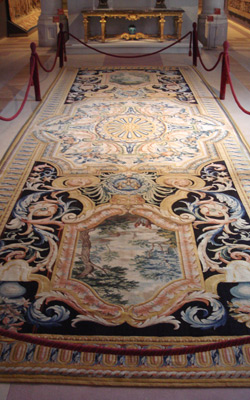 3. The 93 Carpets For The Louvre
3. The 93 Carpets For The Louvre
Image Source: WikiPedia
The French Kings of old were known for their somewhat lavish tastes.
As the French Revolution was nowhere in sight and the masses not prone to rising, Louis XIV saw no reason to buck this trend.
He paid the famed Savonnerie Manufactory (named after ‘savon’ or soap, as the building had previously been a soap factory) to create carpets for his palace at the Lourve.
93 were commissioned to fill the Grand Gallerie, over 440 meters. They were so complex and the order so huge that it took the Manufactory nineteen years (from 1670 and 1689) to complete all but one of them...by which time Louis had moved his palace seat to Versailles and the work was never fully displayed.
35 complete carpets remain and are on exhibition at Le Mobilier National in Paris. The pattern included suns, snakes, laurel leaves and other symbols of the God Apollo, with whom Louis was associated - in fact, his nickname was ‘The Sun King’.
4. Roll Out The Red Carpet
These days we associate the red carpet with royalty, celebrity and status - but it wasn't always considered a good idea to walk on one!
The earliest reference we have to ‘red carpet’ is the play ‘Agamemnon’ by the Greek playwright Aeschylus which was first performed in 458BC.
In the play, the titular King of Mycenae returns from the Trojan war to his vengeful wife Clytemnestra, still angry with him for sacrificing their daughter to achieve favour with the gods.
She bids him walk upon a red (or sometimes purple) tapestry -for the ancient Greeks, this was something only the gods should do, and Agamemnon is initially worried.
Eventually convinced, he walks into his palace and pays for his hubris when Clytemnestra kills him with an axe - you won't see that on Oscar Night!
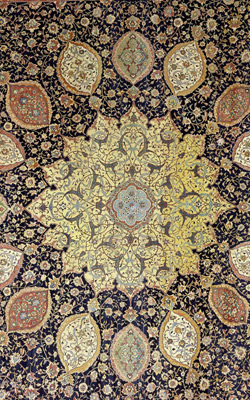 5. 500 Years and 26 Million Knots
5. 500 Years and 26 Million Knots
Image Source: Victoria & Albert Musuem
The oldest example of a carpet is, as previously mentioned, the Pazyryk Carpet - however, the oldest carpet we have which has a confirmed date for it’s creation is the Ardabil Carpet, which can be found on display in the Victoria and Albert Museum in London.
A beautiful piece of craftsmanship incorporating images of leaves, vines and oil lamps, the carpet was created in Iran around 1539 - we know this because it bears an inscription by ‘Maqsud Kashani’ who describes himself as ‘the slave of the portal’ or ‘slave of the threshold’ (most likely a name for a court clerk, rather than a true slave) and gives the date in the Muslim calendar (946). He also includes two poignant lines of a poem by the mythic poet Hafez:
“I have no refuge in the world other than thy threshold.
There is no protection for my head other than this door.”
The Ardabil carpet has around 300 knots of wool per square inch - given that it measures 34 by 17 feet, that means a total of 26 million knots!
It has a ‘sister’ carpet - slightly smaller but with the same design, currently in the Los Angeles County Museum - this was donated by oil magnate Jean Paul Getty after passing through the hands of several other collectors.
Pretty interesting, eh? Well, we think so anyway!
If you enjoyed these facts, do check out our Twitter feed and Facebook page, where we often share fun facts just like these!
Until next time then - all the best!
Enter your required size for our most accurate pricing and availability.








